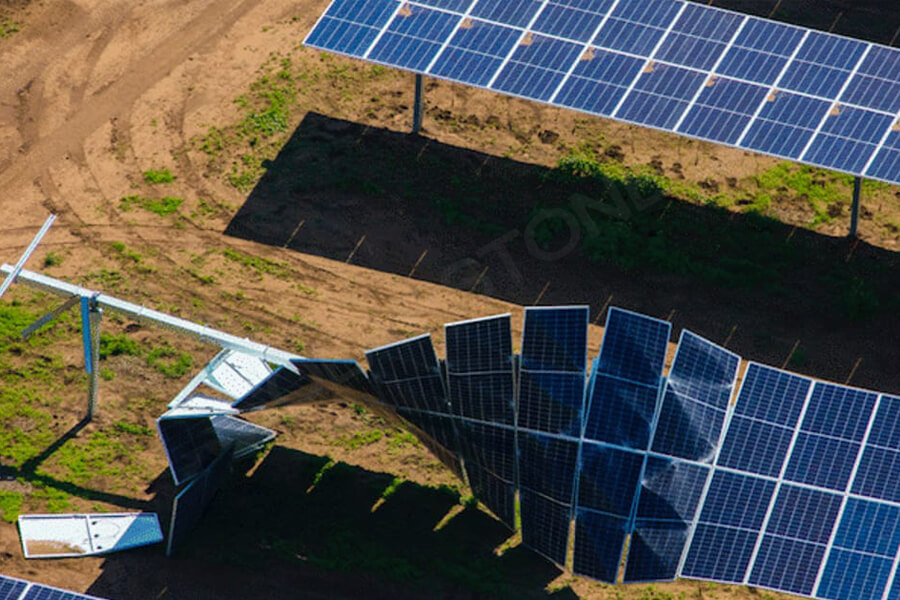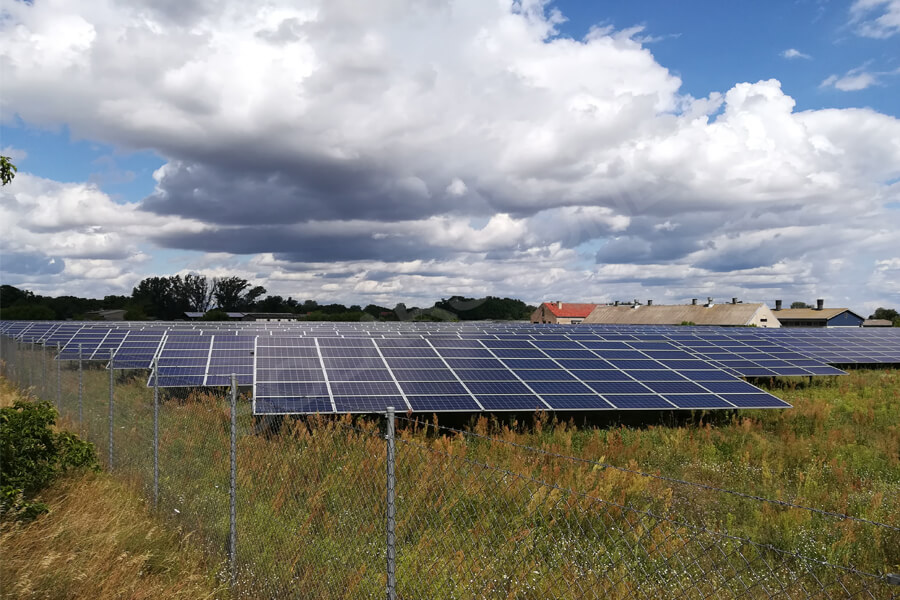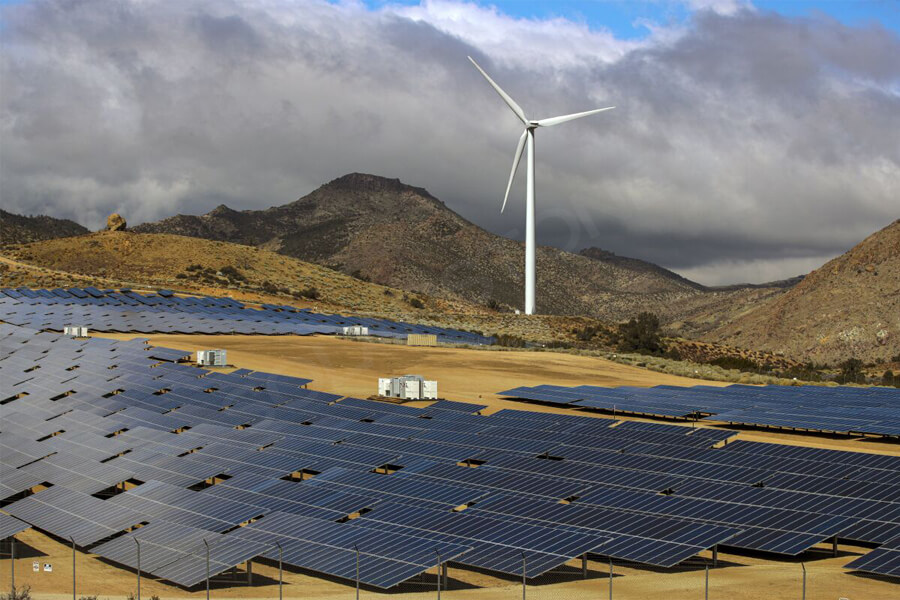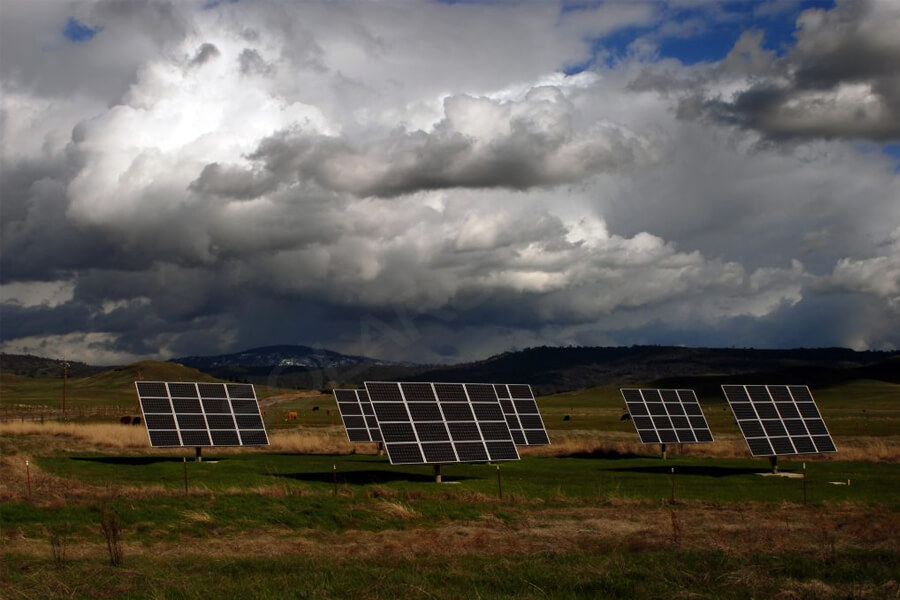The summer and autumn seasons each year are a period of high incidence of severe extreme weather, and the safety of photovoltaic power plants naturally faces “wind” risks.
How to ensure the safety and reliability of photovoltaic power plants is a “pain point” faced by all power plant owners, but such “pain” often occurs.
Since the beginning of summer this year, rainstorm has occurred frequently all over the country, accompanied by strong winds, resulting in extremely heavy losses.
For photovoltaic power plants, this is not only a “pain point” for power plant owners, but also a question that photovoltaic companies have to answer: how to ensure the stability and reliability of the entire life cycle to ensure the profitability of the power plant due to the frequent and annual occurrence of “wind” risks.
Photovoltaic power plants are facing “wind” risks, and many enterprises and power plant owners are most concerned about the quality of solar modules.
“Wind” risks often arise from the quality of solar modules, and the requirements for their ability to withstand “wind” risks have also increased.
According to the certification requirements of IEC61215, solar modules need to meet the 2400pa load test to cope with extreme weather conditions under outdoor Category 12 typhoons.
Although the solar module has passed the standard load achievement test, the load corresponds to Pa (Pascal, N/m2), that is, the force per unit area.
When the area increases, even if the wind pressure corresponding to the wind speed does not change, the wind force applied to the entire solar module greatly increases, and the “wind” risk faced by the solar module will also increase, exceeding the limit of the solar module itself, causing losses inevitable.
Under the same wind pressure, the wind force on the surfaces of solar modules of different areas is completely different from the same level.
If the corresponding pressure blocks, screws, and brackets are not redesigned or verified at this time, the strong wind force corresponding to the solar module will be a severe test for the brackets, screws, and pressure blocks.
Therefore, the design of solar modules is in line with practical needs. Faced with the continuous invasion of harsh weather such as strong winds, solar modules face enormous load risks. Once problems occur, they can bring fatal economic and life safety losses.






